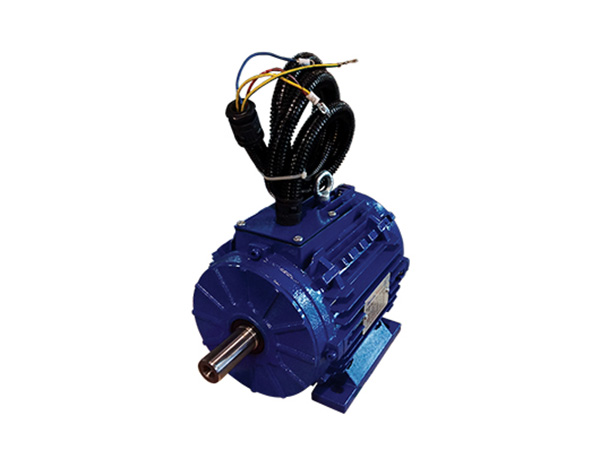1: Conventional pole number and speed of the motor
2-pole motor. Rotational speed 2950 rpm
4-pole motor. Speed 1470 rpm
6-pole motor. Speed 750 rpm
8-pole motor. Speed 500 rpm
2: 1. The number of stages of the motor actually reflects the synchronous speed of the motor. For example, for a motor with 2 stages, the synchronous speed is 2900rpm, for a motor with 4 stages it is 1450rpm, for a motor with 6 stages it is 1000rpm, and for a motor with 8 stages it is 750rpm.
2. The selection of motor stages is mainly based on the requirements of the motor driving mechanical equipment for the output speed of the motor; Such as the requirements for the input speed of the reducer, the speed requirements for the belt to rotate the driving wheel, etc. Generally, it is calculated based on the actual required number of revolutions and considering the transmission ratio factor.
3: The number of poles reflects the synchronous speed of the motor. The 2-pole synchronous speed is 3000r/min, the 4-pole synchronous speed is 1500r/min, the 6-pole synchronous speed is 1000r/min, and the 8-pole synchronous speed is 750r/min. The winding can only form a circuit by going back and forth, which is the number of magnetic poles, appearing in pairs. Poles refer to magnetic poles, and these windings generate a magnetic field when passing through current, resulting in magnetic poles. Each coil of a three-phase AC motor generates N and S magnetic poles, and the number of magnetic poles per phase in each motor is the number of poles. Due to the fact that magnetic poles appear in pairs, motors are divided into poles of 2, 4, 6, 8.
For an ordinary three-phase asynchronous AC motor, the number of magnetic poles affects its speed, with speed=(power frequency x 60) ÷ number of magnetic poles x (1-slip rate). In an ideal synchronous state, speed=power frequency x 60 ÷ number of magnetic poles. In reality, it is impossible for the motor speed to reach a synchronous state, which means there is a slip rate. For example, for a bipolar motor with a pole number of 1, its synchronous speed is 50 × 60 ÷ 1=3000. However, due to different slip rates, the speed of the bipolar motor can be 29602940, etc. Similarly, for an eight pole motor with a speed less than 750, the slip rate may vary, and the actual speed may vary slightly. But it is impossible to exceed the synchronous speed.
The above is compiled by high-level technical personnel. If there are any differences, please correct them and point them out.

